Why are strength exercises for women, whether at home or in the gym, so important? Falling into this serious mistake can mean losing the golden opportunity to help you be fit and healthy, as well as looking good.
It’s time to debunk the old myths about strength training exercises for women at home. If you want to lose weight or target problem areas, strength training is essential. Yet, many women still mistakenly focus solely on endurance sports or aerobics classes.
This article not only takes away your unfounded fears, but also shows you the concrete advantages of strength exercises for women at home, and especially for you. Discover the best exercises for women to help you achieve your best self.
Strength training for women
Of all the women who train today, only an average of 20% train with weights, which is not surprising after hearing all those stories and hoaxes that claim that if a woman trains with weights she will get very big and muscular. It is a shame that these false myths still circulate in today’s society, because the only thing this achieves is that the vast majority of women miss out on all the benefits of resistance training.
Luckily, that is changing and more and more women are turning to strength training to lead a healthier lifestyle and feel stronger, leaving behind fears of turning into the Hulk after lifting a few dumbbells.
Training with weights will not only help you achieve your goals, but it may do so faster than doing cardio alone.
Benefits of strength training and weight lifting
Lose fat, increase muscle mass and strength, muscle toning, muscle definition, maintenance, etc. Whatever your fitness goals are, strength training exercises for women at home can help you achieve them. But, if you’re not entirely sure if it’s right for you, these are the main benefits of training with weights:
Fat loss
Hard, intense weight training increases oxygen consumption hours and even days after the workout itself. The body increases caloric expenditure to achieve greater oxygenation, which increases the metabolic rate and translates into greater caloric expenditure and greater fat loss.
More muscle = more calories burned
Regular weight training helps you gain lean muscle mass, and that muscle mass manages calories more efficiently. Daily muscle contractions (both from training and daily tasks) contribute to the burning of calories, and greater muscle mass leads to greater caloric expenditure.
Stress relief
Any type of exercise in general releases endorphins that make us feel good. Regular weight training also helps with better stress management, so if you’re going through a stressful period, a good weight session can help you relax.
Strength and endurance training also shows benefits on memory and cognitive function.
Increased energy
Weight/strength training helps improve the quality of your night’s sleep, which helps you get more rest during the night and wake up with more energy the next day.
After weight training, no matter how minimal, there is an increase in energy levels. Therefore, in addition to improving mood, it also increases energy levels.
Healthy heart and bones
Strength/weight training is a very good way to reduce the risk of heart disease, and people who train with weights regularly are less likely to suffer from heart disease.
Weight training can also improve cardiovascular health by lowering bad cholesterol and increasing good cholesterol, which in turn helps lower blood pressure.
It’s also a good way to help slow the loss of bone and muscle mass during the aging process, especially useful for postmenopausal women who are at higher risk of osteoporosis.
Strength training is a very good way to help combat bone loss and reduces the risk of osteoporosis.
Reduces risk of injury
Strength training not only helps strengthen muscles and increase bone density, but it also reduces the risk of injury. Training with weights helps strengthen tendons and connective tissues, in addition to improving joint stability.
It also helps correct poor posture, improve the way you perform daily tasks, and prevent back injuries.
The 7 Best Strength Training Exercises for Women at home
- Front Squat + Overhead Shoulder Press.
- Alternate Reverse Lunge + Biceps Curl.
- Sumo Squat + Upright Row.
- Curtsy lunge + Lateral Fly.
- Plank + Rowing.
- Glute Bridge + Triceps Extensions.
- Glute Bridge + Chest Press.
1) Front Squat + Overhead Shoulder Press.
Targets: legs, shoulders and core. Squats are great for developing glute strength, the core of your lower body, and the muscles you use every day when you sit down and stand up: legs, glutes, thighs, hamstrings, and quads.
Add an overhead shoulder press to strengthen your upper body; Strengthening the rotator cuff and anterior deltoid muscles. A powerful full-body exercise.
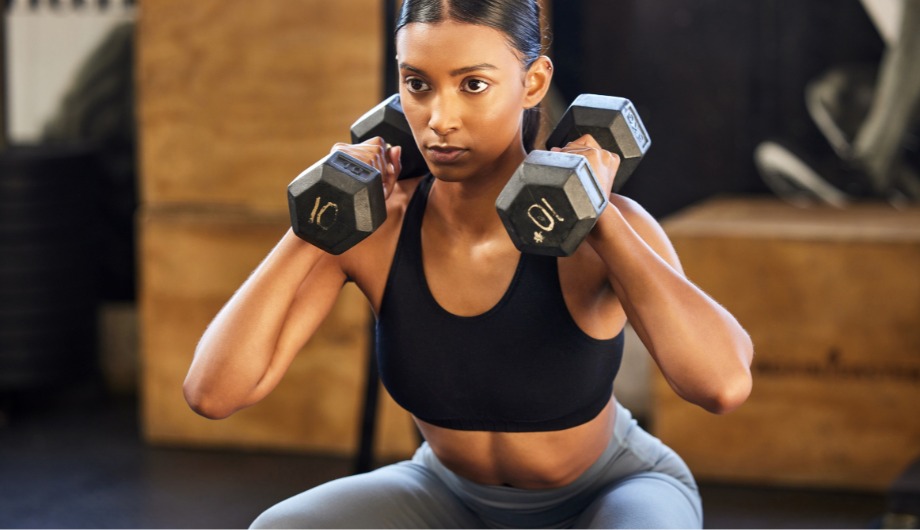
How to do the front squat and overhead shoulder press:
- Stand with your feet shoulder-width apart. Toes pointing forward or slightly tilted away from the body.
- Holding a dumbbell in each hand at shoulder height (palms facing inward), exhale to engage your core. Put your weight on your heels by leaning your hips back.
- Lower your hips down, parallel to your knees. Keeping the weight in the heels, elbows and chest up.
- Then rise explosively by pressing both dumbbells overhead.
- Return to the starting position and repeat this exercise for 45 seconds.
Modification: Hold a dumbbell horizontally next to your chest or perform the movement by adding extra weight with, for example, a backpack.
2) Alternate reverse lunge + Biceps curl.
Targets: legs and arms. Reverse lunges are a great unilateral leg exercise that targets the power-generating muscles of the lower body: quads, hamstrings, and glutes.
Add a bicep curl to strengthen them.
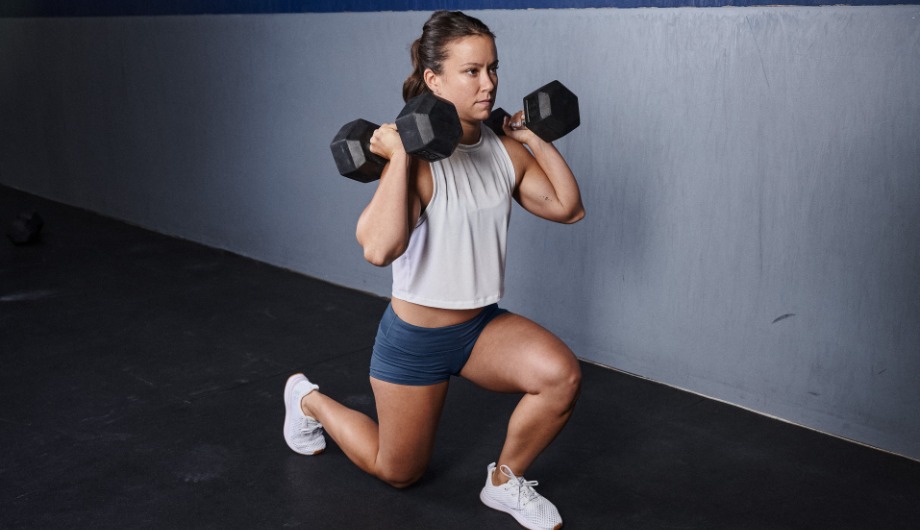
How to do an inverted lunge and bicep curl:
- Stand with your feet hip-width apart, holding a dumbbell in each hand at your sides.
- Step back with your right leg, lowering your hips until both knees reach a 90-degree angle, with your front thigh parallel to the floor.
- Then return back to the starting position.
- Once you return to the starting position, perform a biceps curl by pulling the dumbbells toward your shoulders by bending your elbows (underhand or supine grip, palms facing out).
- Then lower the dumbbells to your sides, in a slow and controlled manner.
- Repeat this movement, alternating legs, for 45 seconds.
Modification: option to eliminate the alternating stride and perform bicep curls while standing.
3) Sumo Squat + Upright Row.
Targets: legs and thighs, back and shoulders. Sumo squats work the glutes, quadriceps, and inner thighs (or adductors). Upright rows work the upper trapezius, deltoids, and biceps.
Sculpt and tone your arms, legs and inner thighs with this multifunctional exercise.
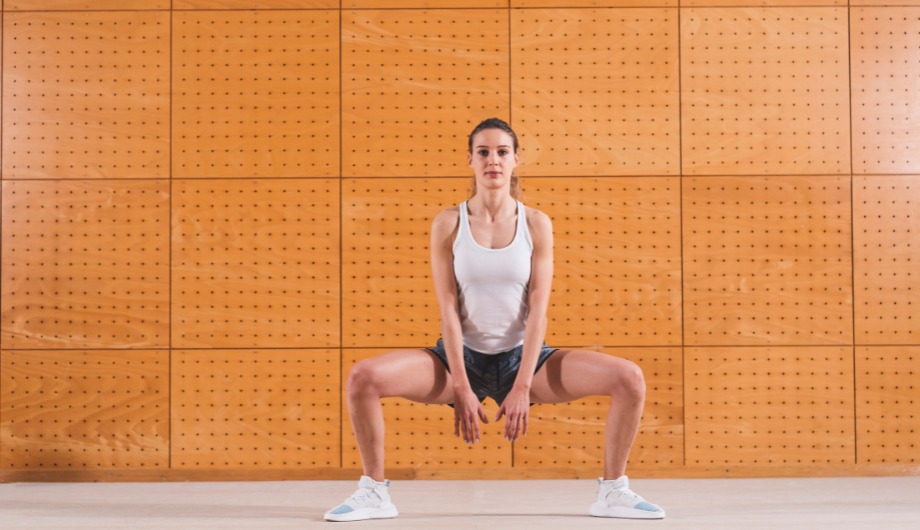
How to do the sumo squat plus upright row:
- Stand with your feet open, heels in and toes out. Holding a dumbbell in each hand at hip height, palms facing the body.
- Lower yourself into a squat, pushing your knees toward your pinky toes.
- Dumbbells between the legs.
- Stand up by pushing through your heels to stay upright. As you stand, slide the dumbbells down the front of your body, toward your shoulders. Think about bringing your elbows to your shoulders.
- Lower the dumbbells towards your hips, in a slow and controlled manner.
- Repeat this movement for 45 seconds.
Modification : Option to eliminate the upright row and only perform sumo squats.
4) Curtsy lunge + Rear fly.
Targets: legs, glutes, hips, thighs, shoulders and arms. The curtsy lunge works the quads and glutes.
Add a Lateral Fly lift that also works the medial deltoid muscle.
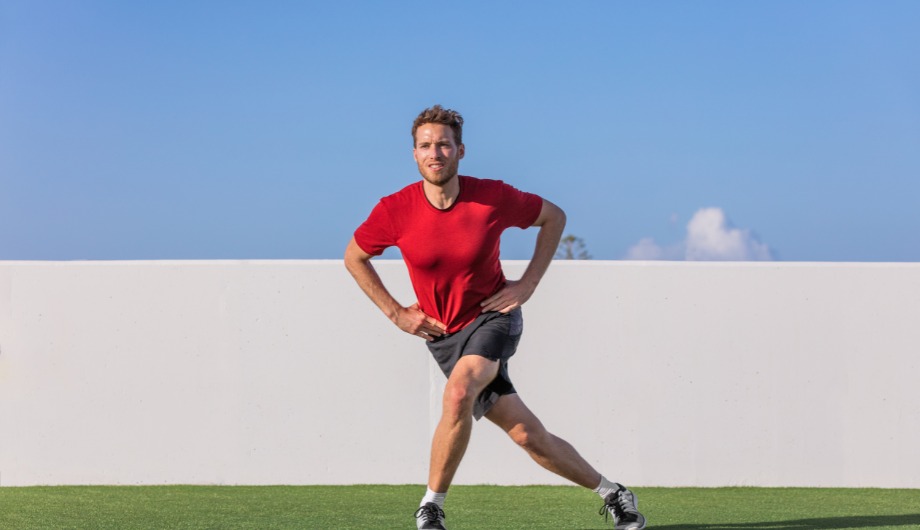
How to do the curtsy lunge and the L-Fly or “lateral fly” with dumbbells:
- Stand with your feet hip-width apart. Holding a dumbbell in each hand, arms bent at 90 degrees, palms facing each other.
- Step back with your right leg in a bowing stride. The right shin passes alongside the left calf, lowering the hips until both knees reach a 90-degree angle, with the front thigh parallel to the floor.
- Then squeeze the glute of your left leg, driving your back and right leg forward as you return to the starting position.
- Once you reach the top of your stride with both feet hip-distance apart; Perform the L fly by pulling the dumbbells up to shoulder height with your arms bent at 90 degrees. Hold the position at the top to contract your shoulder muscles. Then lower the dumbbells down, in a slow and controlled manner.
- Repeat this movement for 45 seconds, alternating legs as you step back to bow
Modification: Option to remove the L-Fly and only perform the alternating bowing strides.
5) Plank + Rowing.
Targets: legs, arms and core. Rowing in this position is an effective way to develop muscle definition in the arms and abs. It also simultaneously strengthens your upper back and core strength.
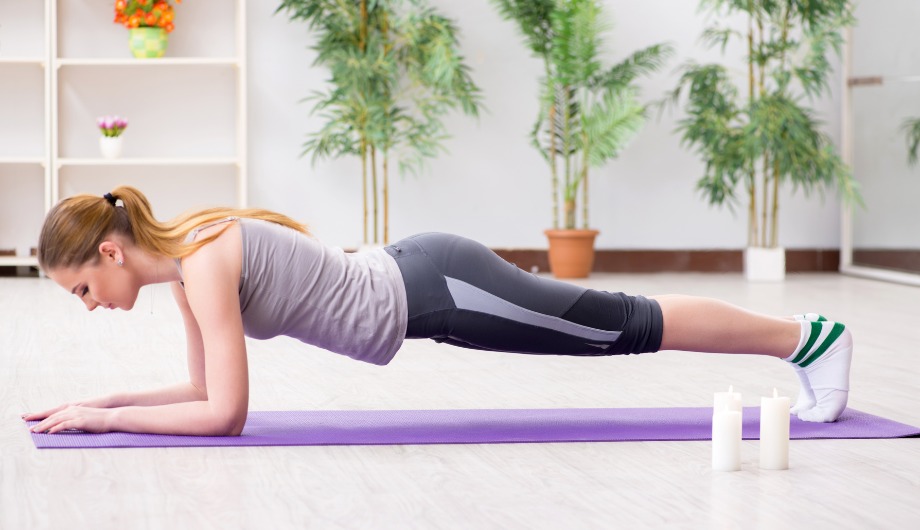
How to do the plank and row:
- Start in a plank position with one hand on each dumbbell. Maintain this position, maintaining a straight line with your body and looking slightly forward.
- From this plank position, pull your right elbow toward your hip. Then repeat this movement on the left side of the body.
- Perform these alternating movements for 45 seconds.
6) Glute bridge + triceps extensions.
Targets: glutes, hamstrings, arms and triceps. Glute bridges are one of our favorite glute-burning exercises, and they focus on the gluteus maximus, thighs, hips, core, and hamstrings.
In addition, it is a kind exercise for the joints; We always recommend glute bridges to people with lower body injuries and knee pain.
Triceps extensions are one of the best arm exercises for developing the triceps (back of the arm) muscles.
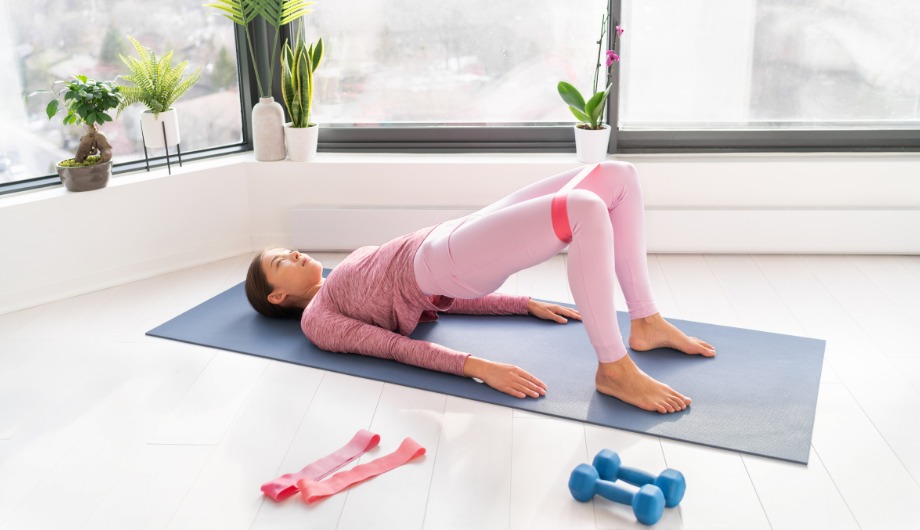
How to do a glute bridge and triceps extension:
- Lie on your back with your legs bent at 90 degrees (heels on the floor).
- Holding a dumbbell in each hand, fully extend your arms so that the dumbbells are directly above your head, palms facing each other.
- Bending your elbows, slowly lower the dumbbells toward your head (only bending your elbows).
- Then, as you push the dumbbells overhead to return to the starting position, lift your butt to raise your hips toward the ceiling. Keep your knees aligned with your hips.
- Stay at the top for a moment, then lower your hips with control downward while simultaneously lowering the dumbbells toward your head again.
- Repeat this glute bridge with triceps extension for 45 seconds.
Modification: Perform triceps extensions using a dumbbell; holding the dumbbell horizontally, one hand on each side of the dumbbell.
7) Glute bridge + chest press.
Targets: legs, glutes and pectoral muscles. Holding a glute bridge is a great way to increase muscle tension and isolate the gluteus maximus, thighs, hips, and hamstrings.
Add a chest press, which is a dumbbell arm exercise to strengthen your upper body; targeting the chest or pectoralis major muscles.
This compound exercise is a great way to strengthen your lower body and chest (legs and chest). It is also a great alternative to squats and push-ups.
How to do a glute bridge + chest press:
- Lie on your back with your legs bent at 90 degrees (heels on the floor).
- Holding a dumbbell in each hand, fully extend your arms so that the dumbbells are directly above your head, with your palms facing away from your body.
- Squeezing your butt, lift your hips toward the ceiling.
- Then, bending your elbows, slowly lower the dumbbells towards your chest (puffed chest and weights in line with the nipples, bending your arms at 90 degrees to the sides).
- Then exhale, push the dumbbells overhead to return to the starting position.
- Continue holding your glute bridge while performing a dumbbell chest press for 45 seconds.
Modification: Skip the glute bridge hold and perform just the chest presses.
Nutritional Tips for Achieving Optimal Training Results
Training lays the foundation for your physical change. However, sport alone is useless if you don’t have your diet under control. Ensure your diet is balanced and varied.
To lose weight, you need to create a calorie deficit. In short, you should consume fewer calories than you burn. However, crash diets with extreme calorie restrictions are both ineffective and unhealthy. It’s ideal to set your energy intake 10% below your actual caloric needs.
You can estimate your energy needs with a calorie calculator or by keeping a 14-day food diary, weighing yourself at the start and end of the period. By tracking increases or decreases, you can estimate your actual calorie needs.
The optimal nutrient distribution of daily calories varies considerably, so only approximate reference values can be given here:
45 – 65% Carbohydrates
10 – 35% protein
15 – 35% fat
Since protein helps build and maintain muscle mass, it’s important to ensure you’re eating enough of it. A scientific meta-analysis of 49 studies involving 1,863 participants suggests that a daily protein intake of around 1.6 grams per kilogram of body weight is ideal.
Foods rich in protein include:
Dairy products like yogurt, milk, and cheese
Fish
Meat
Eggs
Carbohydrates should preferably come from whole grain products. It’s also wise to adjust the amount and timing of your intake based on your activity level. At night, carbohydrates are typically unnecessary because there’s no further physical effort after the meal.
Fat is a crucial part of a healthy diet.. Adequate intake of omega-3 fatty acids is especially important. Fatty fish like salmon, mackerel, and herring are excellent sources of omega-3s.
Make sure to eat plenty of fruits and vegetables in your diet. Experts recommend five servings a day to absorb important vitamins, minerals and fiber .
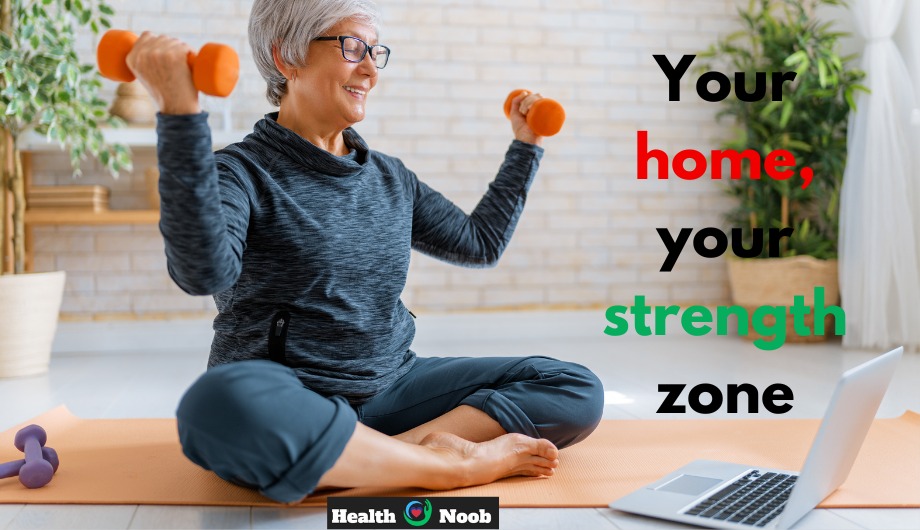
Supplements
A topic that also generates a lot of controversy is whether good results can be achieved without using supplements. The short answer would be yes, but as long as the body receives the necessary nutrients and calories through food. Still, supplements can help you achieve your goals, especially when comfort is one of your priorities.
whey protein
Training with weights increases the demand for protein in the body and sometimes it is difficult to consume the necessary amount of protein through food alone, which is why many people decide to drink protein bars or shakes to increase their daily protein intake in a way more comfortable and faster.
There is also a rumor that supplements make women become excessively big and muscular, especially those who drink protein shakes, but again, this is a false and baseless myth. In fact, genetically women do not have enough testosterone to gain muscle mass in the same way that men do, regardless of the amount of protein they consume.
Protein powder is just that, a more convenient way to consume protein before and/or after a workout (or any time of day) to give your body the fuel and building blocks it needs to get stronger and grow.
Frequently Asked Question
How many days a week should you perform strength training?
Target three days a week for strength training. It includes full-body workouts, like this strength training routine for women, which focuses on compound exercises.
Is it safe to strength train during pregnancy?
In general, yes! Strength training is recommended during pregnancy to support your weight gain and prepare for delivery.
That said, we always recommend talking to your doctor or midwife about what level of exercise may be appropriate for your body and your pregnancy. As always, you know your body best and it’s especially important to listen to what makes you feel good during pregnancy.
Strength training can provide many benefits for both mom and baby. The benefits of resistance training during pregnancy include:
- Healthy weight gain.
- Reduced risk of gestational diabetes and preeclampsia.
- Better psychological well-being
Conclusion
Whatever your goals, strength training will help you feel stronger and more confident, both in and out of the gym.
Don’t be in a hurry and start little by little, moving light weights until you become familiar with the exercises and learn the correct technique. But, above all, don’t be afraid or ashamed to ask your gym trainers for help whenever you have questions.
Ignore the old myths about weights and women and give weights a chance, because they can benefit you in each and every aspect of your life.



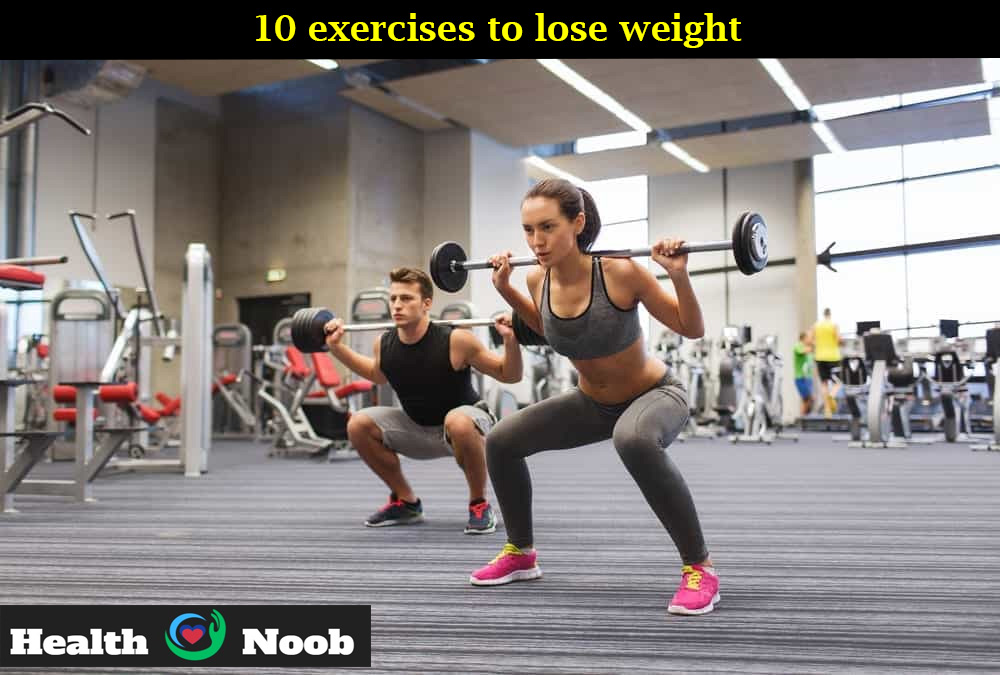

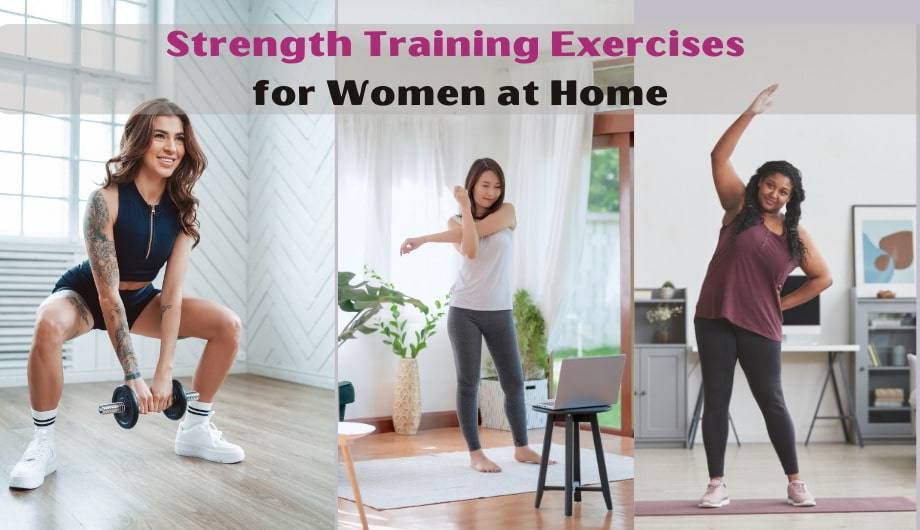






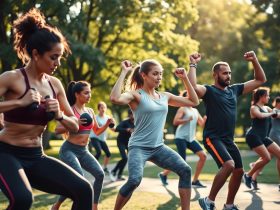
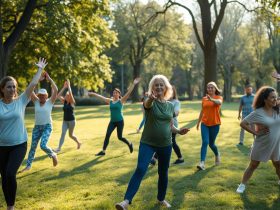
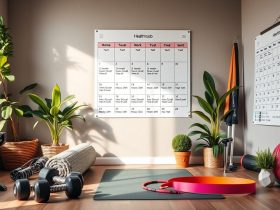
Leave a Reply